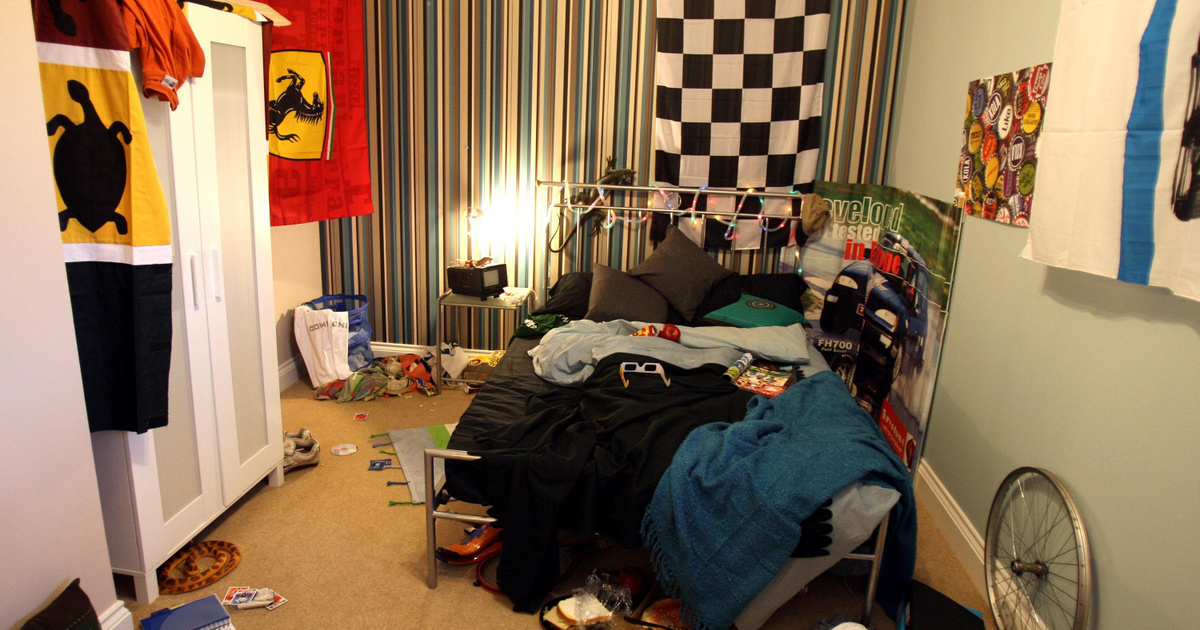According to researchers from the University of California Berkeley, their new development, the clothes collecting robot, solves the problem of piles of clothes, because it easily collects clothes no matter how many there are in the room, using a combination of colors and depth-sensing cameras.
Professor Ken Goldberg, study leader Its author He stated that the new technology could be commercialized within ten years.
While a human might be able to pick up all the objects at once, a robot with a gripper can only pick up a few at a time, so it has to be efficient. This is because the robot arm that collects the clothes is controlled by artificial intelligence. Its operation is based on a cycle, during which it lifts the clothes from a flat surface, places them in a basket, then puts the basket back again and repeats.
During iteration, the robot learns the ideal amount of clothing it can pick up. In 200 iterations, it was able to accommodate more than 2,000 items of clothing.
The tests were conducted using two cameras, one of which was a traditional color camera, which found the clothes, but was unable to determine the practical location in which they were taken. The other camera was a depth-sensing camera that was good at finding large piles of clothing, but it couldn’t account for the pieces.
If the robot can collect clothes in one place, it works 67% more efficiently than if it had to run to collect them.
According to Professor Goldberg, further development is necessary before commercialization, because current robots equipped with moving arms are still too expensive for ordinary users. Other innovations are also planned, such as the integration of the sorting function by color.
As robots develop and become more widely available, they are relieving more and more of our burdens, even at home. According to Oxford University research, slowly but surely 40% of household chores will be automated, and it will not require our efforts.
Good news, because according to some statistics, people spend 43 percent of their free time doing household chores, which is a very large amount in this time-pressed world.












































